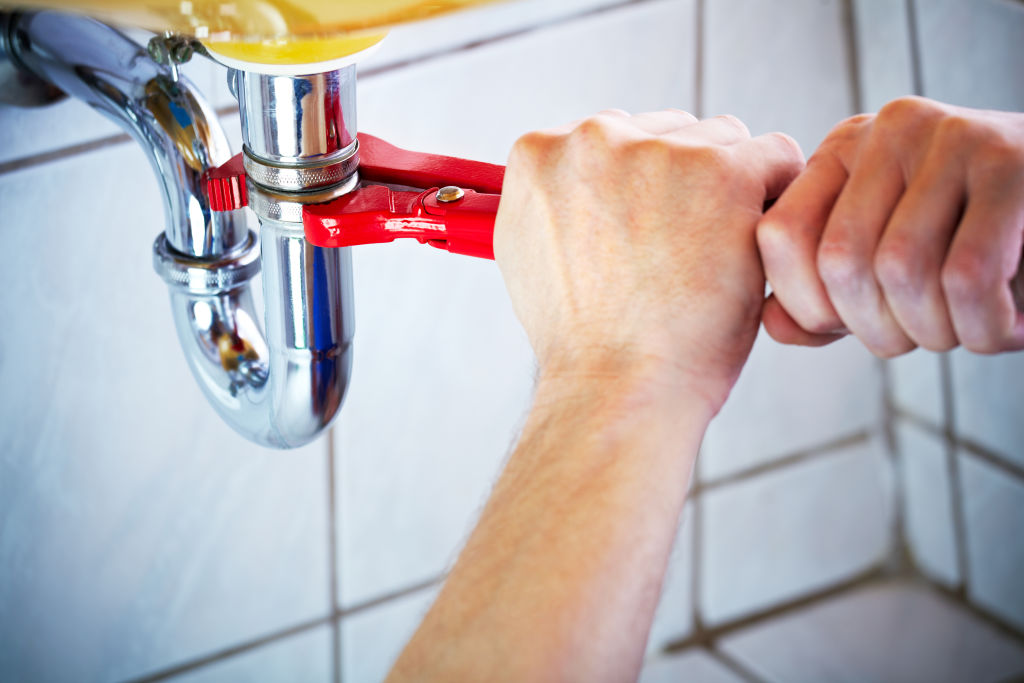
Back in 2001, real estate transactions took place with copious amounts of paper and a lot of literal legwork, with just the first hint of the digital revolution on its way.
“Everything was still hard copy,” says Darren Hunter, a former property manager who now works as a property management consultant and trainer with Inspired Growth Training.
“We lived in a paper world but with electronics on the side. You had your emails and inbox, but you were still getting letters, posting out notices to a tenant for an inspection or a termination.”
Many tenants still paid their rent in person at the real estate office, and server-based systems kept property managers tied to their desks for much of their day.
Hunter says in many offices, the property management team was considered a poor cousin to the sales team, which translated into inferior service for landlords and tenants.

“The people who run real estate offices are generally salespeople with a sales background,” he says. “They don’t run the rent roll, and they don’t understand it. So, there’s no striving for excellence.”
Fast-forward 20 years, and there’s evidence of a true revolution in property management, both culturally and digitally. Initially, the introduction of new technology overwhelmed property managers with multiple devices and multiple communication portals to get to grips with.
In 2016, Scott Bateman was part of the team running Australia’s largest rent roll. Together with his colleagues, he was tasked with identifying what was going wrong and what they might do differently.
“We were surprised at just how difficult and complex the property manager role was,” he says.
“There were so many different tasks sitting with one individual. We wanted to work out how to make the job more enjoyable for property managers and give a better experience to tenants and landlords.”
Bateman quickly discovered the bottlenecks that occurred when a property manager responsible for between 100 and 150 properties was inundated with requests.
“If something breaks down, the tenant has only one person to go to – the property manager,” he explains. “The property manager then has to contact the owner, organise a series of quotes – that process can go on for a few days – they quote the work, the manager goes back to the owner, they schedule the work.”
Meanwhile, a key part of the home is unusable or unsafe, Bateman says.

“The tenant is frustrated, and for the owner, there’s often not a whole lot of awareness around what work is being done and how much it will cost. If you’re the person stuck between those two people, it can be quite an emotionally charged situation and a really disappointing level of satisfaction across both.”
Bateman saw the need for technology that could streamline property management processes. He is now chief executive of Kolmeo, a property management app that helps property managers, landlords and tenants to streamline workflows, automate tasks and communicate.
Hunter says top operators are investing in training and technology like Kolmeo to enable tasks to be done more efficiently.
“The digital revolution has allowed software companies to create cloud-based platforms that are so easy to use on a phone or a tablet that you can do your work anywhere, with only a small number of tasks like property inspections requiring you to physically turn up,” he says.
Bateman says Kolmeo allows property managers to do 90 per cent of their work remotely, with their entire rent roll updated in real-time as tasks are initiated, progressed or completed.
For the property owners and tenants using the app, there’s instant feedback on the status of repair and maintenance work and who is taking care of what. The app keeps a record of every communication – including those made by email and text – for future reference, which remains available even after a property manager moves on to a new role.
“Owners and tenants really appreciate the transparency,” says Bateman. “What we want to do is to connect you to your property the way internet banking connects you to your bank accounts.”
